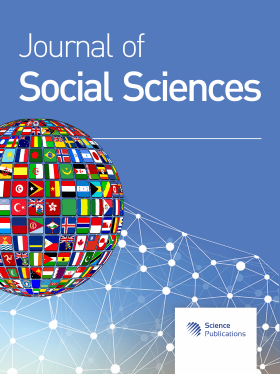Classroom Discipline, Why Teachers are Leaving, Because of Their Failure to Understand Methods of Discipline?
- 1 Department of Mathematics, Griffith University, Australia
Abstract
Classroom discipline for secondary education is an indispensable way of creating inclusive learning environments. It encompasses theoretical perspectives, ranging from encouraging student engagement to minimizing disruptive behaviours to promoting academic growth. This paper reviews the literature related to the following popular classroom management theories: behaviourist, social learning theory, humanistic, cognitive, and sociocultural; the models of discipline include assertive discipline, restorative practices, Positive Behavioural Interventions and Supports (PBIS), and Culturally Responsive Classroom Management (CRCM). Such a comparison of analyses has shown both strengths and limitations of different approaches; hence, the effectiveness in various educational settings. A critical discussion has underlined the need for adaptive, evidence-based strategies and has identified some areas for further research beyond current limitations. A five-point plan is suggested for accomplishing effective classroom management.
DOI: https://doi.org/10.3844/jssp.2025.120.135

- 104 Views
- 53 Downloads
- 0 Citations
Download
Keywords
- Classroom Management
- Student Autonomy
- Inclusive Teaching
- Behavioural Interventions
- Cultural Responsiveness
- Five-Point Plan
- Cultural Responsiveness
- Five-Point Plan
